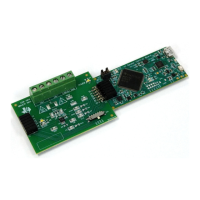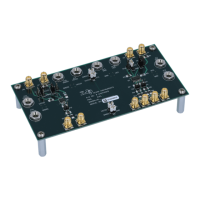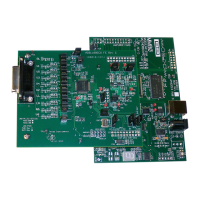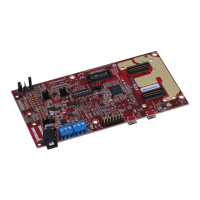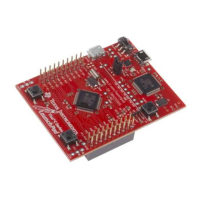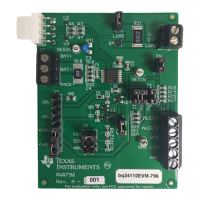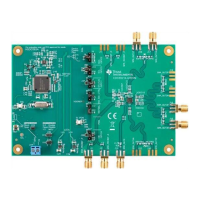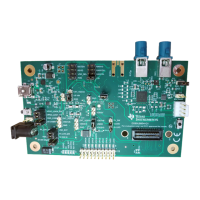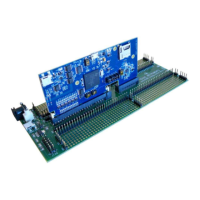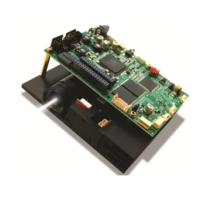Hardware
www.ti.com
6
SPRUIM4B–December 2018–Revised May 2020
Submit Documentation Feedback
Copyright © 2018–2020, Texas Instruments Incorporated
xWR1843 Evaluation Module (xWR1843BOOST) Single-Chip mmWave
Sensing Solution
2.3 Connectors
2.3.1 20-Pin BoosterPack Connectors
The BoosterPack has the standard LaunchPad connectors (J5 and J6, shown in Figure 5) that enable it to
be directly connected to all TI MCU LaunchPads. While connecting the BoosterPack to other LaunchPads,
ensure the pin-1 orientation is correct by matching the 3V3 and 5-V signal marking on the boards.
Figure 5. 20-Pin BoosterPack Connectors
Table 1 and Table 2 provide the connector-pin information.
Table 1. J5 Connector Pin
Pin Number Description Pin Number Description
1 NERROUT 2 GND
3 NERRIN 4 DSS LOGGER
5 MCUCLK OUT 6 SPI_CS
7 NC 8 GPIO01
9 MSS LOGGER 10 nRESET
11 WARMRST 12 SPI_MOSI
13 BSS LOGGER 14 SPI_MISO
15 SOP2 16 HOSTINT
17 SOP1 18 GPIO02
19 SOP0 20 NC
(1)
Voltage input to the GPADC available on the xWR1843.
(2)
Indicates the state of the onboard VIO supply for the AWR device coming from the onboard PMIC. A HIGH on the PGOOD
signal (3.3 V) indicates the supply is stable. Because the I/Os are not failsafe, the MCU must not drive any I/O signals to the
AWR device before this I/O supply is stable to avoid leakage current into the I/Os.
(3)
Controls the onboard PMIC enable. The MCU can use this to shut down the PMIC and AWR device during the periods it does
not use the AWR device and save power. The power up of the PMIC takes approximately 5 ms once the enable signal is made
high.
Table 2. J6 Connector Pin
Pin Number Description Pin Number Description
1 3V3 2 5 V
3 NC 4 GND
5 RS232RX (Tx from AWR device) 6 ANA1
(1)
7 RS232RX (Rx into AWR device) 8 ANA2
(1)
9 SYNC_IN 10 ANA3
(1)
11 NC 12 ANA4
(1)
13 SPI_CLK 14 PGOOD (onboard VIO)
(2)
15 GPIO0 16 PMIC Enable
(3)
17 SCL 18 SYNC_OUT
19 SDA 20 PMIC CLK OUT
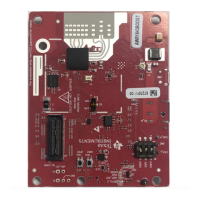
